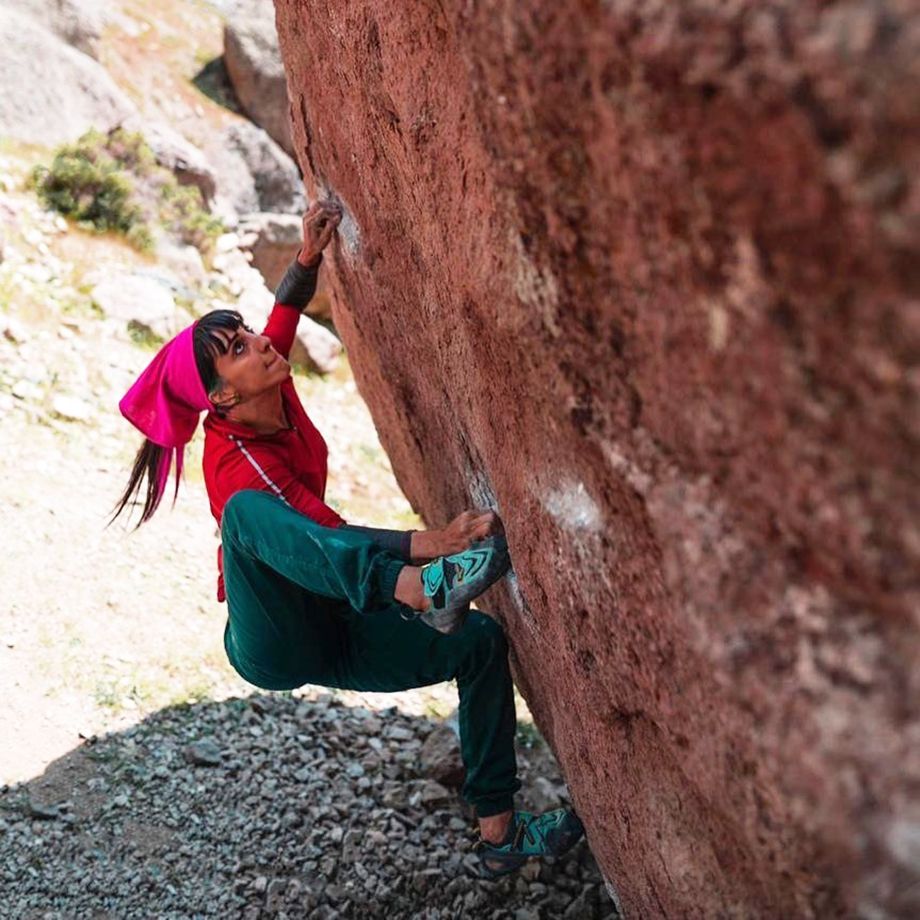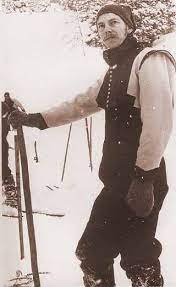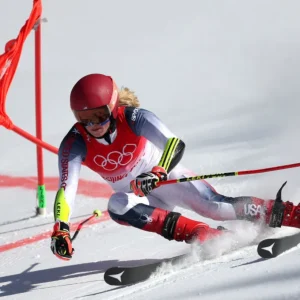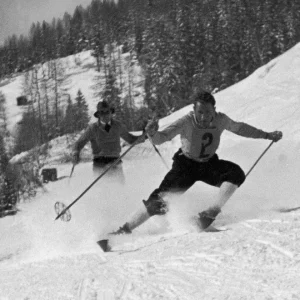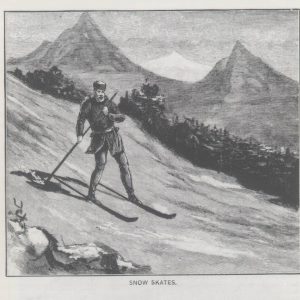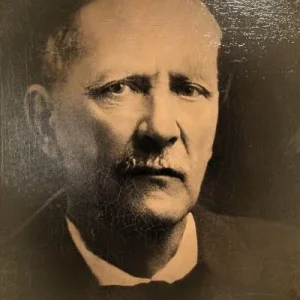Mountain sports
Founder of the sport:
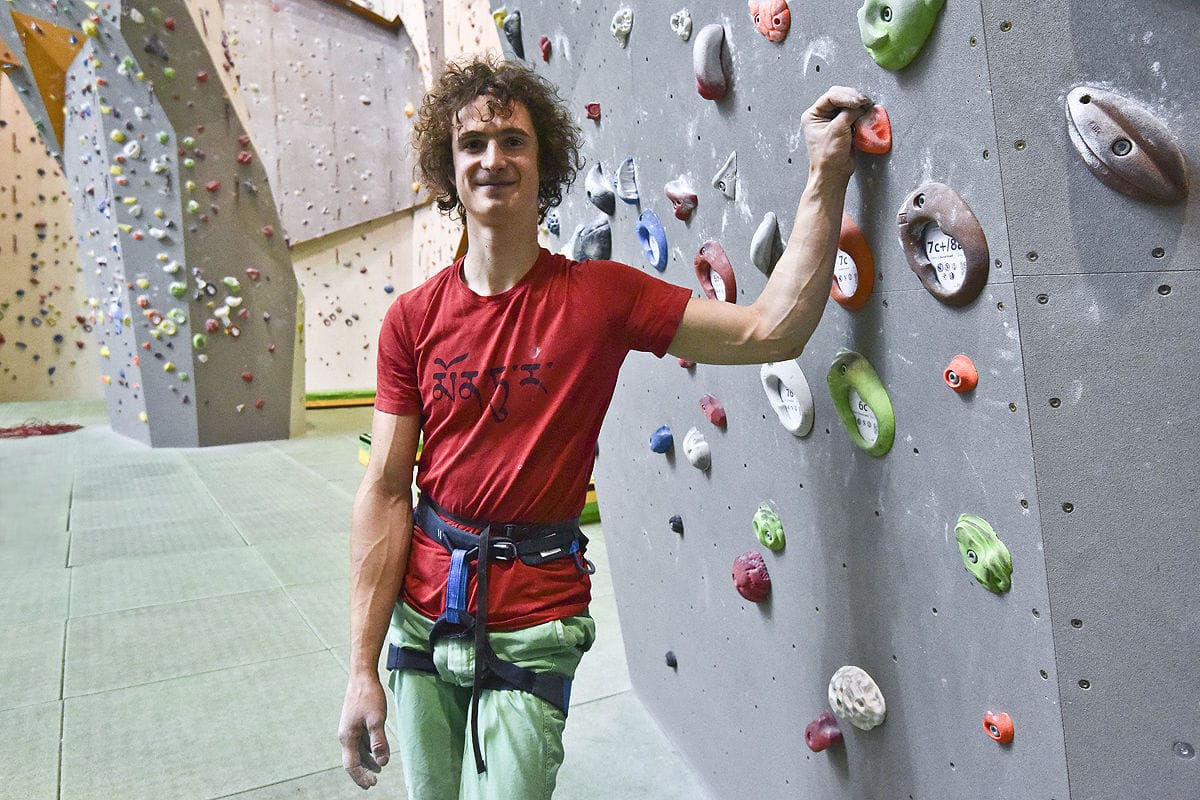
Mountain sports cover many disciplines such as mountaineering, rock climbing, alpine racing and freeride skiing. It is difficult to identify the founder of a particular mountain sport, since these practices have evolved over many centuries. However, we can say that modern rock climbing began to actively develop in the late 19th – early 20th centuries in Europe
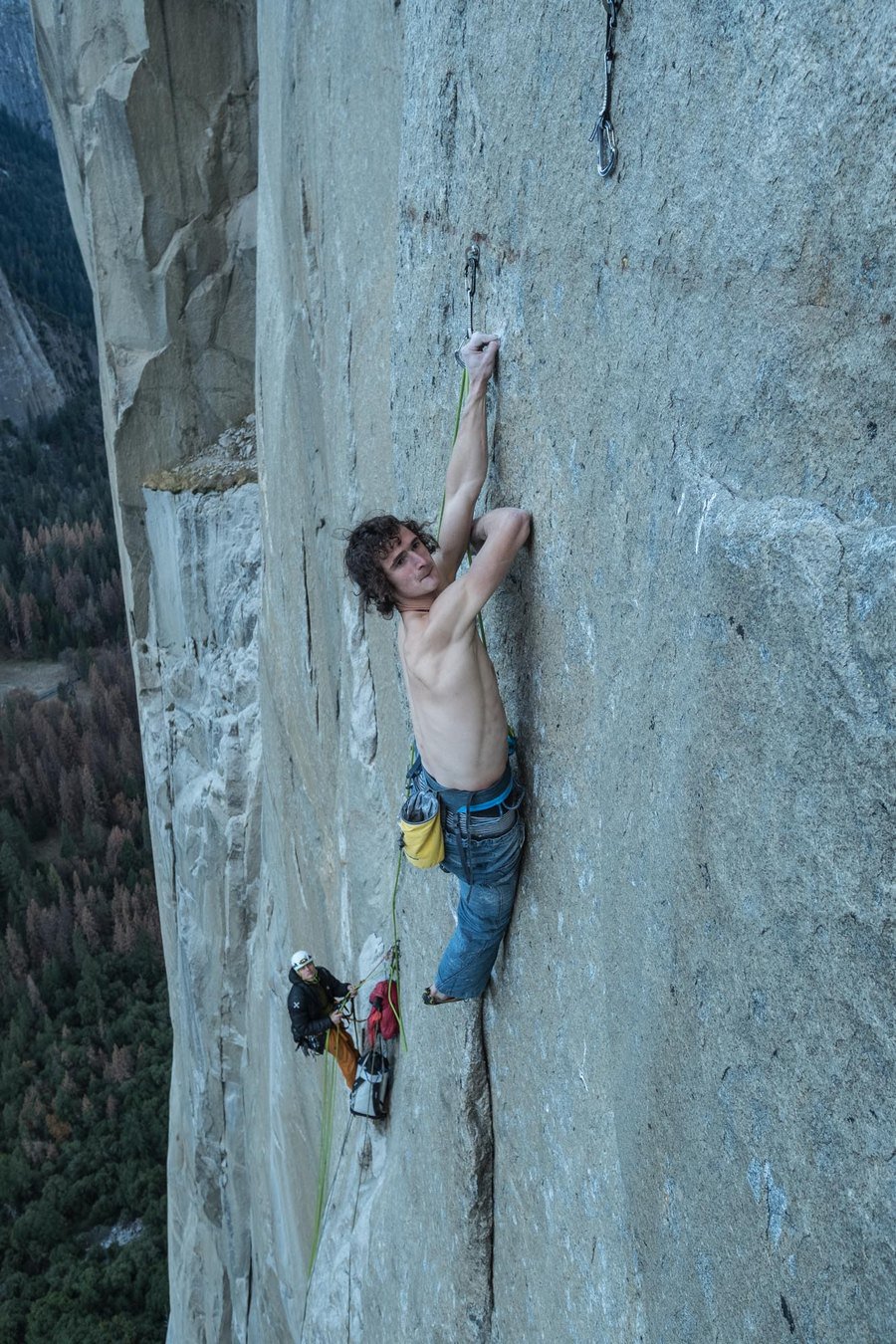
Adam Ondra
Czech rock climber, known for his achievements in sport climbing and climbing rocks of maximum difficulty.

Janya Garnbret
Slovenian climber, multiple world and European champion, one of the most titled climbers in history.

Kilian Jornet
Spanish ultramarathoner and alpine skier, famous for his records in high mountain climbs and ultra mountain races.
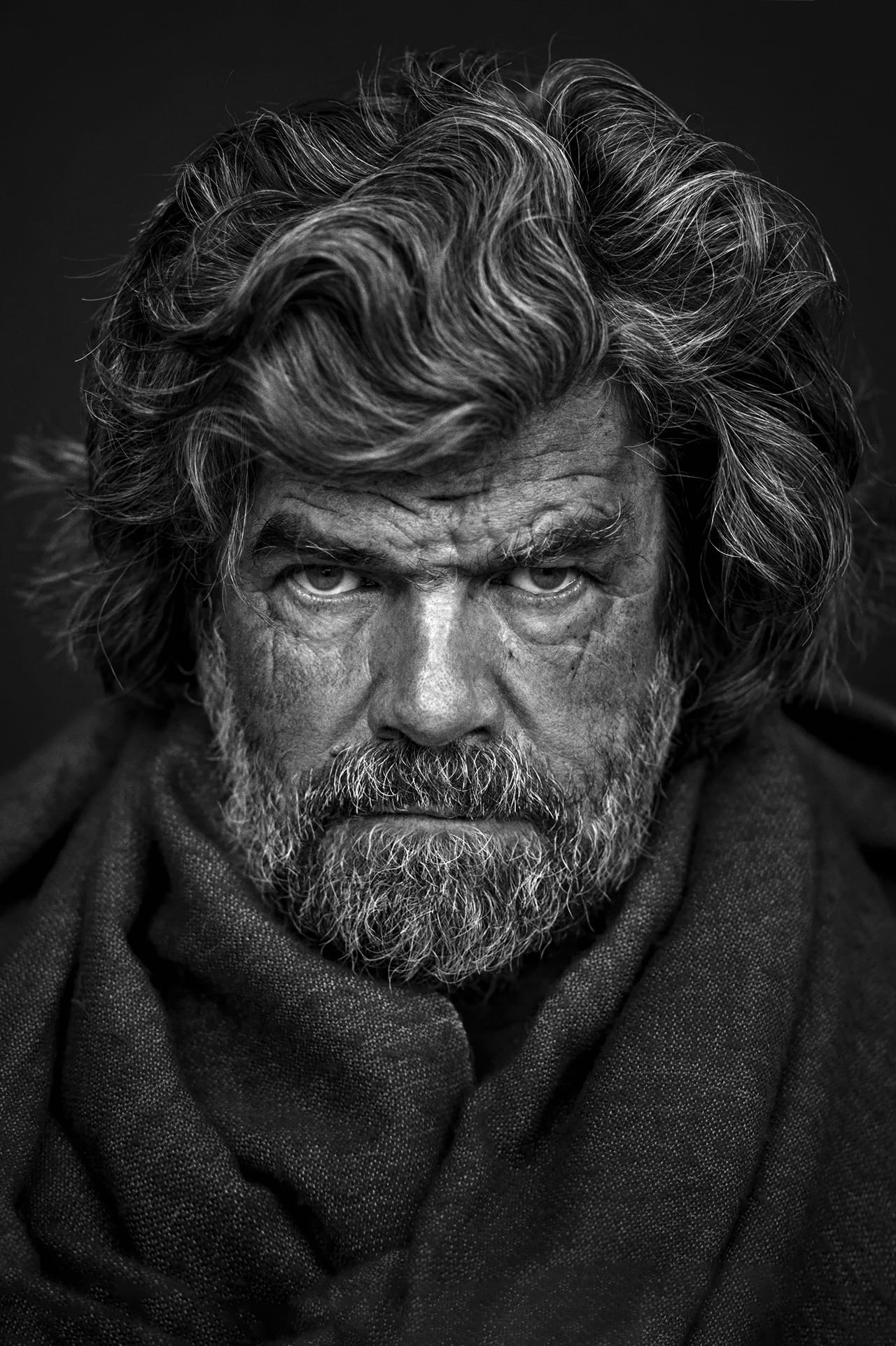
Reinhold Messner
Italian climber, one of the most famous in the history of mountain sports. Messner was the first in the world to climb all eighteen eight-thousanders without the use of additional oxygen. He is also known for his expeditions to Antarctica and the Himalayas, and for his theories and philosophies of mountaineering.
The history of mountain skiing
It is believed that downhill skiing has been practiced in Scandinavia since the middle of the 18th century, but this sport turned into a sport much later. Initially, descents from the slopes were elements of triathlon with jumping from a springboard and running across the plain, there are references to such competitions at the end of the first half of the 19th century. Towards the end of the century, alpine skiing began to develop into an independent sport, among the pioneers who did a lot for this is the Norwegian Sondre Norheim, who introduced many innovations and developed skis that resemble today’s slalom skis. Slalom, by the way, is a Norwegian word – in translation, it means a trail that descends.
At the turn of the 19th and 20th centuries, mountain skiing competitions began to be held. Gradually, this type of sport and active leisure gained more and more popularity. The International Federation of Skiing, whose sphere of responsibility includes alpine skiing, was created in 1924, and in 1931, the first world championship in alpine skiing was held in Murren, Switzerland. Moreover, if in many sports men started competing significantly earlier than women, then equality immediately prevailed here – two sets of awards (in downhill and slalom) were drawn for men and women. The Swiss David Zogg and Walter Prager won the men’s championship, and the British Esme McKinnon became the two-time world champion in 1931 for the women. Five years later, in 1936, alpine skiing debuted at the Olympic Games in Garmisch-Partenkirchen. Medals were drawn only in the combination (downhill + slalom) for men and women, and the first Olympic champions among alpine skiers were Franz Pfnur and Christie Krantz from the German national team.
From the next Games in 1948, men’s and women’s downhill and slalom were also added to the Olympics program as separate medal events. In addition, from 1948 to 1980, the world championships, which at that time were held once every two years, were combined with the Olympic Games during the Olympic seasons. That is, the winners of the Olympics won the two most prestigious titles in alpine skiing at once. However, since the 1984 Games in Sarajevo, the competition has split. Not only that, the world championships began to be traditionally held not in even, but in odd years, even if, as before, once every two years.
The number of disciplines also gradually increased. Since 1950, giant slalom has been included in the WC program, since 1987 – super-giant, since 2005 – mixed team competitions, and in 2021, parallel slalom, which was previously tested at the stages of the World Cup, will debut at the World Championships. By the way, the World Cup was held for the first time in 1967, and its first winners were Frenchman Jean-Claude Killy and Canadian Nancy Green. We note once again that unlike most sports in alpine skiing, men’s and women’s disciplines have always appeared in the program of major tournaments at the same time.
Several mountain sports techniques:

Lead climbing
a climbing technique in which the climber belays himself by following a route and securing intermediate belay equipment.
Bouldering
climbing relatively small rocks or artificial walls without the use of safety ropes.
Skyrunning
running on mountainous terrain at high altitudes with technically difficult ascents and descents.
Ice climbing
восхождение на ледяные формации, такие как замерзшие водопады и ледники, с использованием специализированного оборудования.


